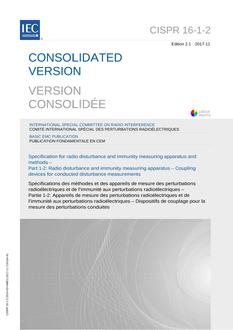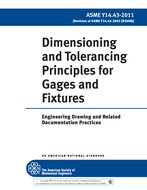ACI 318-08/318R-08 Notes Set
$133.00
318-08PACK: Building Code Requirements for Structural Concrete (ACI 318-08) & PCA Notes on ACI 318-08
standard by American Concrete Institute, 2009
Description
ACI 318-08
The “Building Code Requirements for Structural Concrete” (“Code”) covers the materials, design, and construction of structural concrete used in buildings and where applicable in nonbuilding structures. The Code also covers the strength evaluation of existing concrete structures.
Among the subjects covered are: drawings and specifications; inspection; materials; durability requirements; concrete quality, mixing, and placing; formwork; embedded pipes; construction joints; reinforcement details; analysis and design; strength and serviceability; flexural and axial loads; shear and torsion; development and splices of reinforcement; slab systems; walls; footings; precast concrete; composite flexural members; prestressed concrete; shells and folded plate members; strength evaluation of existing structures; provisions for seismic design; structural plain concrete; strut-and-tie modeling in Appendix A; alternative design provisions in Appendix B; alternative load and strength reduction factors in Appendix C; and anchoring to concrete in Appendix D.
The quality and testing of materials used in construction are covered by reference to the appropriate ASTM standard specifications. Welding of reinforcement is covered by reference to the appropriate AWS standard.
Uses of the Code include adoption by reference in general building codes, and earlier editions have been widely used in this manner. The Code is written in a format that allows such reference without change to its language. Therefore, background details or suggestions for carrying out the requirements or intent of the Code portion cannot be included. The Commentary is provided for this purpose. Some of the considerations of the committee in developing the Code portion are discussed within the Commentary, with emphasis given to the explanation of new or revised provisions. Much of the research data referenced in preparing the Code is cited for the user desiring to study individual questions in greater detail. Other documents that provide suggestions for carrying out the requirements of the Code are also cited.
Keywords: admixtures; aggregates; anchorage (structural); beam-column frame; beams (supports); building codes; cements; cold weather construction; columns (supports); combined stress; composite construction (concrete and steel); composite construction (concrete to concrete); compressive strength; concrete construction; concrete slabs; concretes; construction joints; continuity (structural); contraction joints; cover; curing; deep beams; deflections; drawings; earthquake-resistant structures; embedded service ducts; flexural strength; floors; folded plates; footings; formwork (construction); frames; hot weather construction; inspection; isolation joints; joints (junctions); joists; lightweight concretes; load tests (structural); loads (forces); materials; mixing; mixture proportioning; modulus of elasticity; moments; pipe columns; pipes (tubing); placing; plain concrete; precast concrete; prestressed concrete; prestressing steels; quality control; reinforced concrete; reinforcing steels; roofs; serviceability; shear strength; shear walls; shells (structural forms); spans; specifications; splicing; strength; strength analysis; stresses; structural analysis; structural concrete; structural design; structural integrity; T-beams; torsion; walls; water; welded wire reinforcement.
PCA NOTES ON ACI 318-08
Editors: Mahmoud E. Kamara, Lawrence C. Novak, and Basile G. Rabbat
This tenth edition has been updated to reflect code changes introduced in the latest version of Building Code Requirements for Structural Concrete, ACI 318-08, and Commentary, ACI 318R-08. All design examples have been revised to reflect the new notation and terminology, load and strength reduction factors, and the unified design provisions for reinforced and prestressed concrete members under flexure and axial load. An alternative torsion design method is summarized and its application illustrated through an example. Enhanced provisions for the design of anchors are described, and their application illustrated through several examples. Each chapter of the manual starts with a description of latest code changes. Emphasis is placed on “how-to-use” the code. Numerous design examples illustrate application of the code provisions. The primary purpose for the Notes is to assist the engineer and architect in the proper application of the ACI 318-08 design standard. This document is also a valuable aid for educators, undergraduate and graduate students, contractors, materials and product manufacturers, building code authorities, and inspectors.
Product Details
- Published:
- 2009
- Note:
- This product is unavailable in Russia, Ukraine, Belarus




